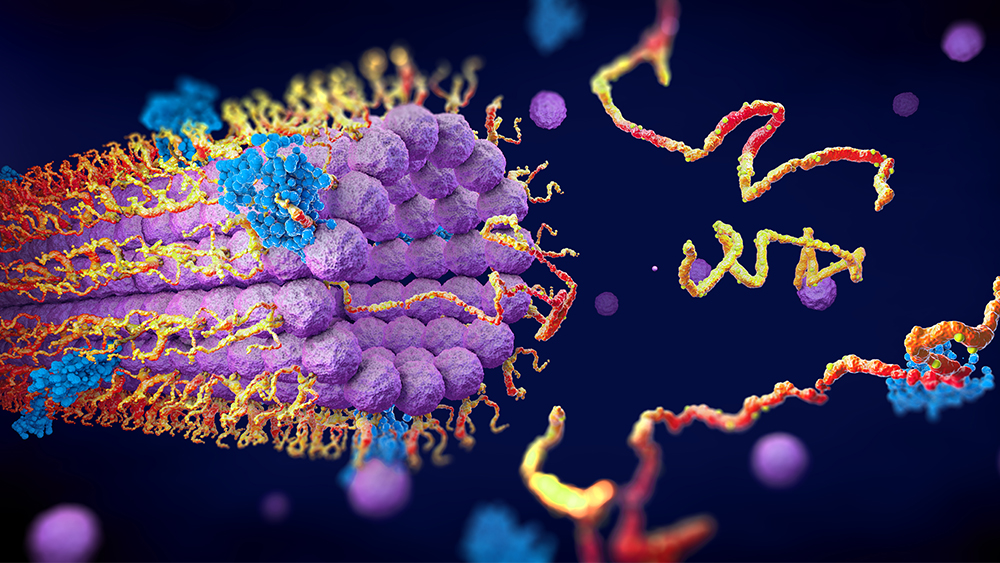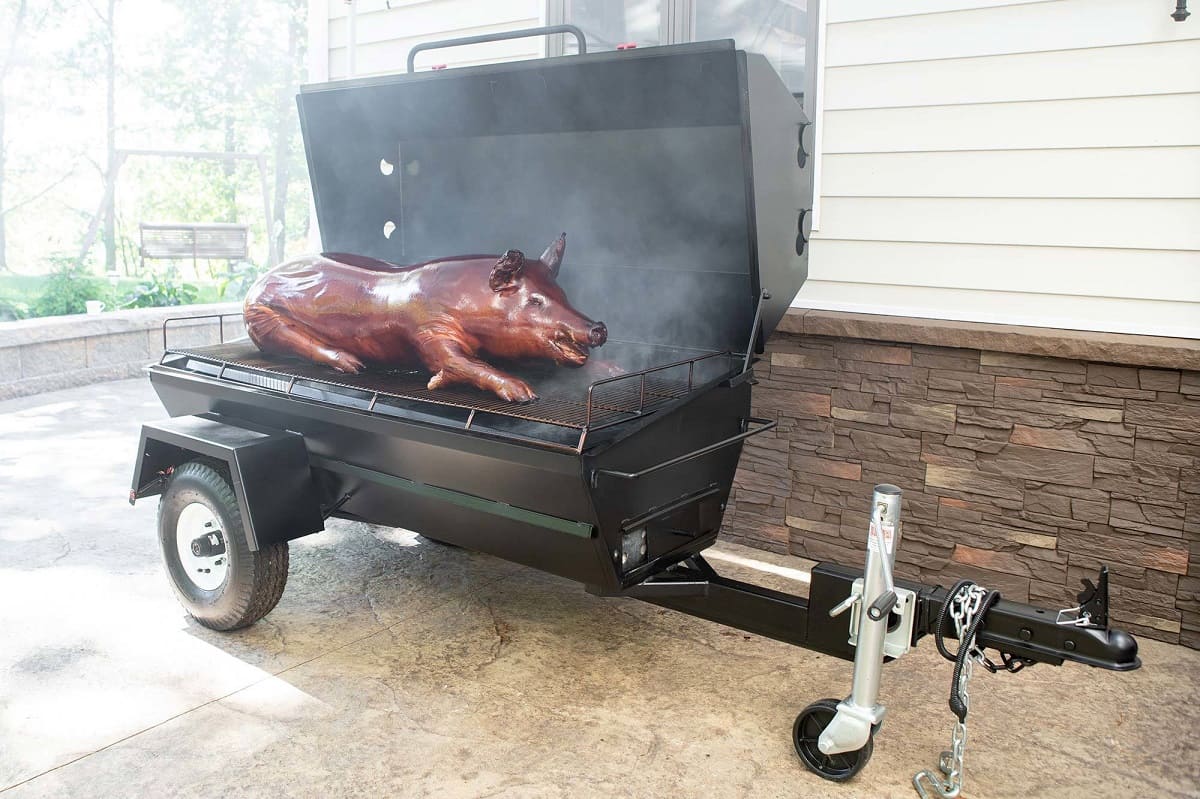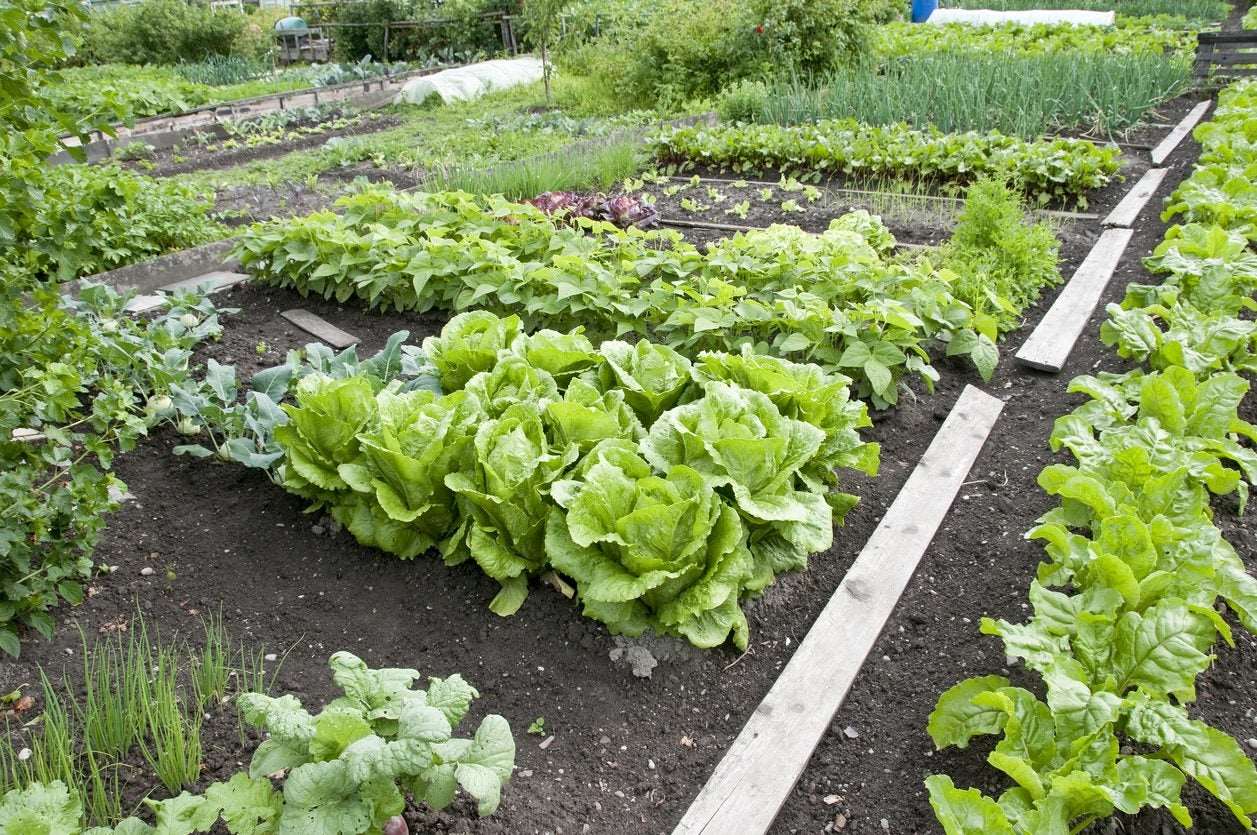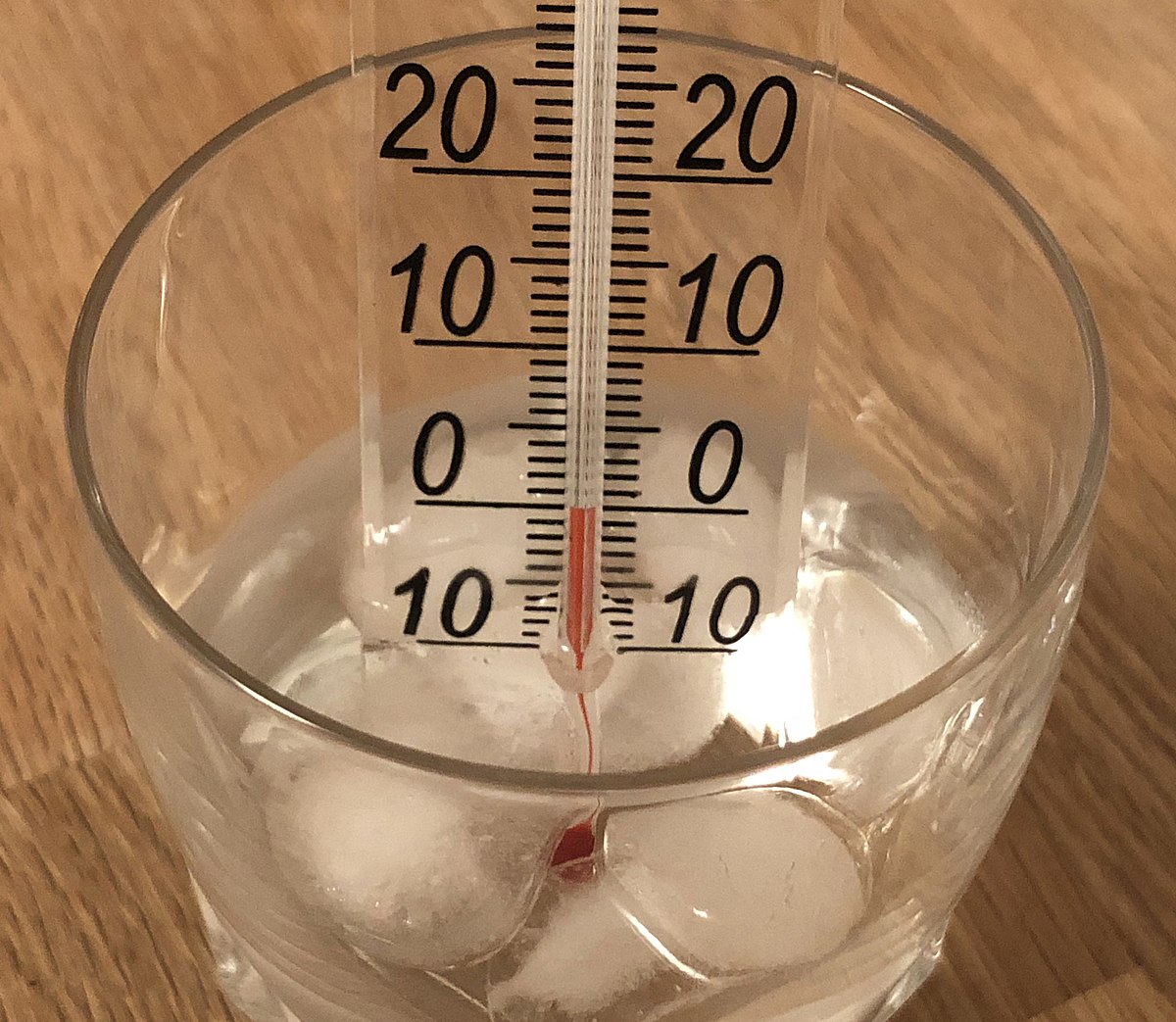Home>Health & Nutrition>Ideal Temperature Range For Guinea Pigs


Health & Nutrition
Ideal Temperature Range For Guinea Pigs
Published: February 19, 2024
Discover the ideal temperature range for guinea pigs to ensure their health and nutrition. Learn how to create a comfortable environment for your furry friends.
(Many of the links in this article redirect to a specific reviewed product. Your purchase of these products through affiliate links helps to generate commission for Temperatures.com, at no extra cost. Learn more)
Table of Contents
Introduction
Guinea pigs, also known as cavies, are delightful and sociable pets that have been cherished for centuries. These small, gentle creatures are native to the Andes region of South America and have become popular companions due to their amiable nature and low maintenance requirements. As responsible pet owners, it's crucial to understand and cater to the specific needs of guinea pigs, including their temperature requirements.
Guinea pigs are highly sensitive to environmental conditions, particularly temperature fluctuations. Their well-being and overall health are significantly influenced by the ambient temperature in which they are housed. Therefore, ensuring that they are kept in a suitable environment is paramount for their happiness and longevity.
In this comprehensive guide, we will delve into the essential aspects of maintaining the ideal temperature for guinea pigs. By understanding their temperature preferences, recognizing signs of distress, and implementing practical tips, you can provide a comfortable and nurturing habitat for your beloved guinea pigs. Let's explore the factors that influence guinea pig temperature needs and learn how to create an environment that promotes their well-being.
Read more: The Ideal Temperature Range For Dogs
Understanding Guinea Pig Temperature Needs
Guinea pigs are highly sensitive to temperature variations, and maintaining an appropriate environment is crucial for their health and well-being. Understanding their temperature needs is essential for providing a comfortable living space for these adorable pets.
Guinea pigs thrive in moderate temperatures, typically ranging from 65 to 75 degrees Fahrenheit (18 to 24 degrees Celsius). This range mimics the climate of their natural habitat in the Andes region of South America. It's important to note that guinea pigs are susceptible to heat stress, especially in hot and humid conditions. On the other hand, they are also vulnerable to cold temperatures, which can lead to hypothermia and other health issues.
It's essential to consider the impact of temperature on guinea pigs' metabolism. As small mammals, they have a high metabolic rate, which means they generate and lose heat more rapidly than larger animals. This makes them particularly sensitive to extreme temperatures.
Furthermore, guinea pigs do not have the ability to sweat, making it challenging for them to regulate their body temperature in hot conditions. As a result, they are prone to heatstroke and dehydration when exposed to high temperatures for prolonged periods.
In colder environments, guinea pigs may experience discomfort and stress, leading to reduced activity and potential health complications. Their susceptibility to respiratory infections also increases in cold and damp conditions.
Understanding the temperature needs of guinea pigs involves recognizing their vulnerability to both heat and cold. By providing a consistent and moderate temperature environment, you can ensure the well-being and comfort of your guinea pigs.
In the next section, we will explore the factors that influence guinea pig temperature preferences, shedding light on the elements that impact their thermal comfort.
Factors Affecting Guinea Pig Temperature Preferences
Several factors influence the temperature preferences of guinea pigs, impacting their comfort and overall well-being. Understanding these factors is crucial for creating an environment that meets their specific needs.
-
Natural Habitat: Guinea pigs originate from the Andes region of South America, where they are accustomed to moderate temperatures. The climate in their native habitat is characterized by mild temperatures, and they have adapted to thrive in such conditions. As a result, replicating this moderate climate in their living space is essential for their physical and psychological health.
-
Size and Body Composition: Despite their small size, guinea pigs have a relatively low surface area-to-volume ratio, which affects their ability to retain body heat. This physiological characteristic makes them susceptible to temperature fluctuations. Additionally, their fur provides insulation, but it is not sufficient to protect them from extreme cold or heat. As a result, they rely on their environment to maintain a comfortable body temperature.
-
Metabolic Rate: Guinea pigs have a high metabolic rate, which influences their heat production and energy expenditure. This metabolic characteristic makes them more sensitive to temperature changes, as their bodies require a stable environment to support their metabolic functions. Fluctuations in temperature can disrupt their metabolic processes, leading to stress and potential health issues.
-
Humidity Levels: Humidity plays a significant role in guinea pigs' thermal comfort. High humidity can exacerbate heat stress, as it hinders the evaporation of moisture from their bodies, making it challenging for them to dissipate heat. On the other hand, low humidity levels can contribute to dry skin and respiratory discomfort. Maintaining optimal humidity levels in their environment is essential for their well-being.
-
Air Circulation and Ventilation: Adequate air circulation is vital for regulating the temperature in a guinea pig's habitat. Stagnant air can lead to heat buildup in warm conditions and contribute to cold spots in cooler environments. Proper ventilation helps maintain a consistent and comfortable temperature, ensuring that guinea pigs are not exposed to extreme heat or cold pockets.
Understanding these factors enables pet owners to create a conducive environment that aligns with guinea pigs' temperature preferences. By considering these elements, you can establish a comfortable and nurturing space for your beloved guinea pigs, promoting their health and happiness.
Recommended Temperature Range for Guinea Pigs
Maintaining the ideal temperature range is paramount for the well-being of guinea pigs. The recommended temperature range for guinea pigs typically falls between 65 to 75 degrees Fahrenheit (18 to 24 degrees Celsius). This moderate range closely resembles the climate of their natural habitat in the Andes region of South America.
Consistency is key when it comes to temperature management for guinea pigs. Sudden fluctuations in temperature can cause stress and discomfort for these small mammals. Therefore, it is essential to provide a stable and controlled environment within the recommended temperature range to ensure their comfort and health.
In warmer climates, it is crucial to shield guinea pigs from excessive heat. High temperatures can lead to heat stress, dehydration, and heatstroke, posing significant risks to their well-being. Providing shade, adequate ventilation, and access to cool areas can help mitigate the impact of heat on guinea pigs. Additionally, placing frozen water bottles in their living space can offer a refreshing source of relief during hot weather.
Conversely, in colder environments, it is important to protect guinea pigs from low temperatures to prevent hypothermia and related health issues. Providing warm bedding, such as fleece or hay, can offer insulation and comfort. Additionally, placing their habitat away from drafts and ensuring sufficient warmth through heating pads or safe heat sources can help maintain a suitable environment.
Monitoring the temperature within the recommended range is essential for the overall health and happiness of guinea pigs. Regularly using a thermometer to assess the ambient temperature in their living space allows pet owners to make necessary adjustments to ensure that it remains within the optimal range.
By adhering to the recommended temperature range and implementing measures to mitigate extreme temperatures, pet owners can create a comfortable and nurturing environment for their guinea pigs. This proactive approach supports the physical and emotional well-being of these beloved pets, fostering a harmonious and enriching living space.
Signs of Temperature Stress in Guinea Pigs
Recognizing the signs of temperature stress in guinea pigs is crucial for ensuring their well-being and addressing potential issues promptly. These small mammals are highly sensitive to temperature fluctuations, and their physiological responses provide valuable indicators of their thermal comfort. By observing their behavior and physical cues, pet owners can identify signs of temperature stress and take appropriate measures to mitigate its impact.
-
Heat Stress:
- Excessive Panting: When guinea pigs are exposed to high temperatures, they may pant excessively as a mechanism to regulate their body temperature. Rapid and shallow breathing is a clear indication of heat stress.
- Lethargy and Weakness: Heat stress can cause guinea pigs to become lethargic and weak. They may exhibit a lack of energy and reduced interest in their surroundings and activities.
- Seeking Cool Surfaces: If guinea pigs constantly seek out cooler areas in their habitat, such as lying on ceramic tiles or near frozen water bottles, it signals their discomfort due to heat.
-
Cold Stress:
- Huddling and Shivering: In colder environments, guinea pigs may huddle together and shiver to conserve body heat. This behavior indicates their struggle to maintain a comfortable body temperature.
- Reduced Activity: Cold stress can lead to a decrease in physical activity. Guinea pigs may appear less active and spend more time huddled in their bedding to stay warm.
- Cold to the Touch: When guinea pigs feel cold to the touch, particularly their ears and feet, it signifies that the ambient temperature is too low for their comfort.
-
General Signs:
- Loss of Appetite: Both heat and cold stress can lead to a loss of appetite in guinea pigs. A decrease in food consumption and water intake is a concerning sign that warrants immediate attention.
- Unusual Vocalizations: Guinea pigs may vocalize in distress when exposed to extreme temperatures. High-pitched squeaking or continuous chirping can indicate their discomfort.
By remaining vigilant and attuned to these signs, pet owners can promptly address temperature-related stress in guinea pigs. Implementing appropriate measures, such as adjusting the ambient temperature, providing cooling or warming aids, and ensuring proper ventilation, can help alleviate temperature stress and promote the well-being of these beloved pets.
Understanding and responding to the signs of temperature stress empowers pet owners to create a supportive environment that prioritizes the comfort and health of their guinea pigs. This proactive approach fosters a nurturing and harmonious living space, enhancing the bond between pet owners and their endearing guinea pig companions.
Read more: Ideal Temperature Range For Dogs In A House
Tips for Maintaining Ideal Temperature for Guinea Pigs
Maintaining the ideal temperature for guinea pigs is essential for their well-being and overall health. Here are practical tips to ensure that your beloved pets are comfortable and thriving in their living environment:
-
Monitor Ambient Temperature: Regularly check the ambient temperature in the guinea pigs' habitat using a reliable thermometer. This allows you to assess whether the environment falls within the recommended range of 65 to 75 degrees Fahrenheit (18 to 24 degrees Celsius).
-
Provide Adequate Ventilation: Ensure proper air circulation within the guinea pigs' living space to prevent heat buildup in warm conditions and to avoid cold spots in cooler environments. Good ventilation helps maintain a consistent and comfortable temperature.
-
Shield from Direct Sunlight: Protect the guinea pigs' habitat from direct sunlight, especially during the hottest parts of the day. Direct exposure to sunlight can significantly raise the temperature within their living space, leading to heat stress.
-
Offer Cooling Aids in Warm Weather: During hot weather, provide cooling aids such as frozen water bottles wrapped in towels or cooling pads for guinea pigs to lean against. These aids offer relief from excessive heat and help regulate their body temperature.
-
Utilize Safe Heating Sources in Cold Weather: In colder environments, use safe heating sources such as microwavable heating pads or ceramic heat emitters to maintain a comfortable temperature. Ensure that these heating sources are placed away from direct contact with the guinea pigs to prevent burns.
-
Use Insulating Bedding: Provide warm and insulating bedding, such as fleece or hay, to help guinea pigs retain body heat in cooler temperatures. This offers them a cozy and comfortable environment, reducing the risk of cold stress.
-
Create a Draft-Free Environment: Position the guinea pigs' habitat away from drafts and cold air currents. Drafts can lead to temperature variations and discomfort for guinea pigs, especially in colder conditions.
-
Regularly Clean and Maintain the Habitat: Keep the guinea pigs' living space clean and well-maintained. A clean environment supports their overall health and comfort, contributing to a stress-free living space.
By implementing these tips, pet owners can effectively maintain the ideal temperature for guinea pigs, ensuring that they thrive in a comfortable and nurturing environment. Prioritizing their temperature needs fosters a harmonious and enriching living space, promoting the well-being of these delightful companions.
Conclusion
In conclusion, understanding and addressing the temperature needs of guinea pigs are essential aspects of responsible pet ownership. By recognizing the factors that influence their thermal comfort, pet owners can create a supportive environment that promotes the well-being and happiness of these endearing companions.
Guinea pigs, with their origins in the moderate climate of the Andes region, thrive in temperatures ranging from 65 to 75 degrees Fahrenheit (18 to 24 degrees Celsius). This range closely mirrors their natural habitat and supports their physiological and behavioral needs. Maintaining a consistent and controlled environment within this temperature range is crucial for ensuring their comfort and health.
The signs of temperature stress in guinea pigs serve as valuable indicators for pet owners to identify and address potential issues. Whether it's heat stress in warmer conditions or cold stress in cooler environments, recognizing these signs empowers pet owners to take proactive measures to mitigate temperature-related discomfort and promote the well-being of their beloved pets.
Practical tips for maintaining the ideal temperature for guinea pigs, including monitoring ambient temperature, providing adequate ventilation, and offering cooling or warming aids, enable pet owners to create a nurturing and harmonious living space. By implementing these measures, pet owners can ensure that their guinea pigs thrive in a comfortable and supportive environment, fostering a strong bond and enhancing the quality of life for these delightful companions.
Ultimately, prioritizing the temperature needs of guinea pigs contributes to their overall health, happiness, and longevity. By creating a space that aligns with their natural preferences, pet owners demonstrate their commitment to providing the best possible care for their beloved guinea pigs. This proactive approach not only enhances the well-being of these small mammals but also enriches the bond between pet owners and their cherished companions, fostering a fulfilling and rewarding pet ownership experience.














